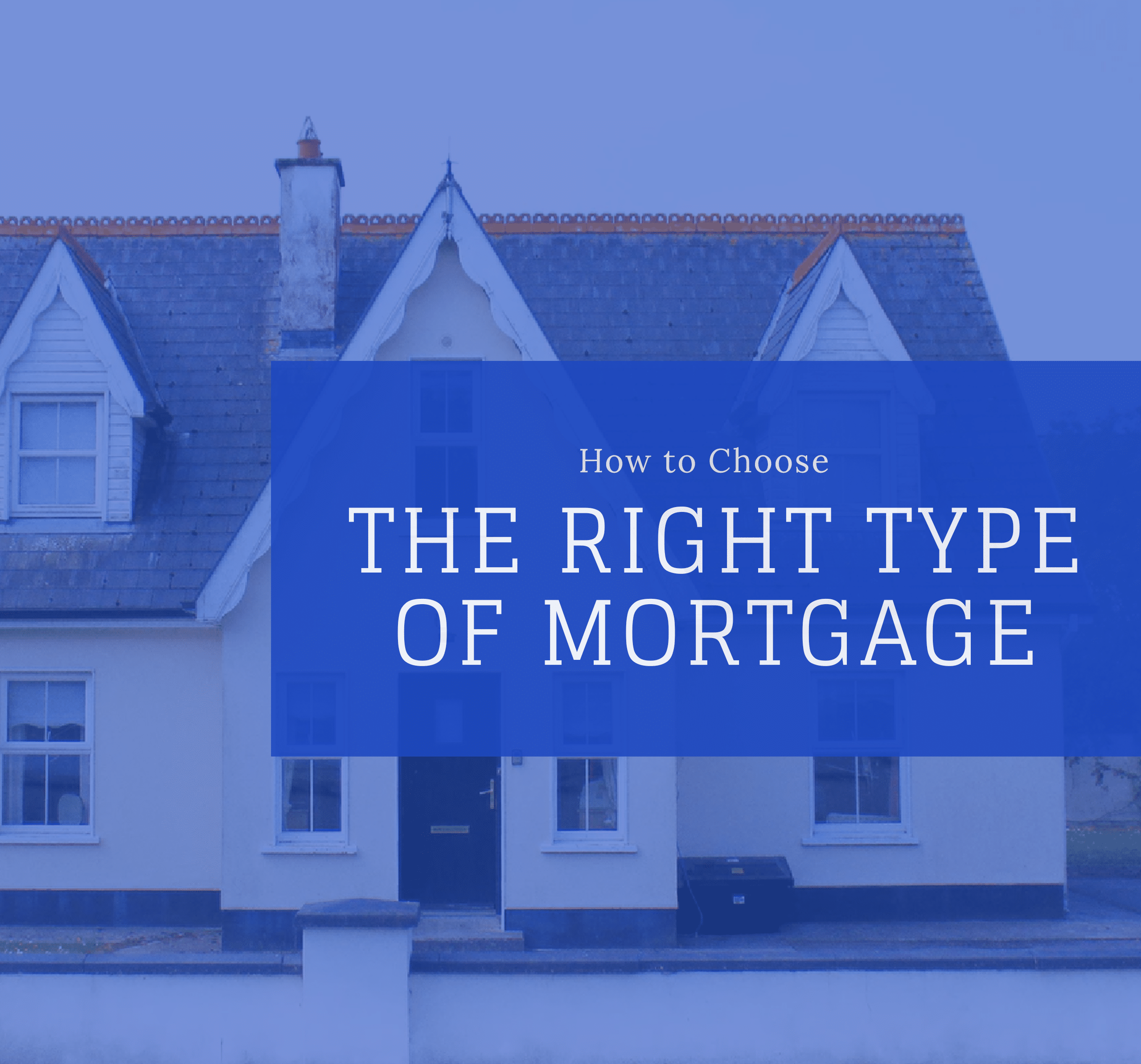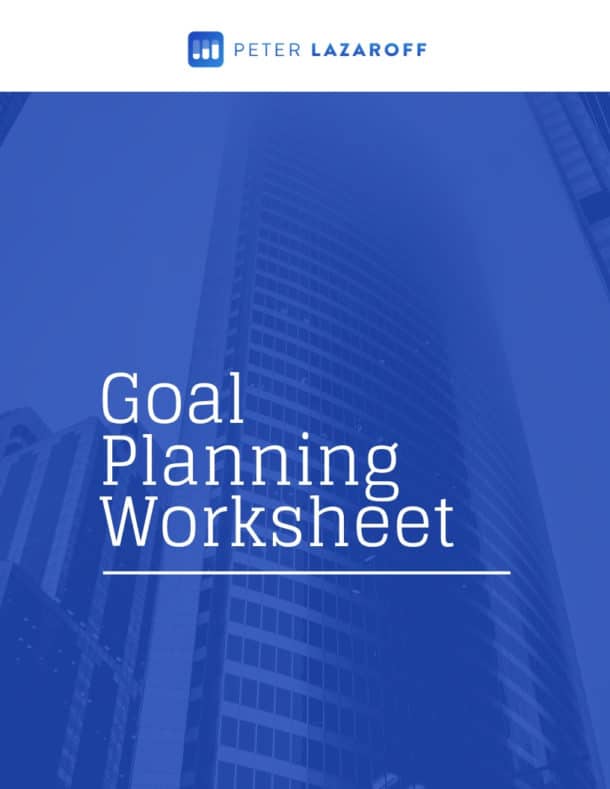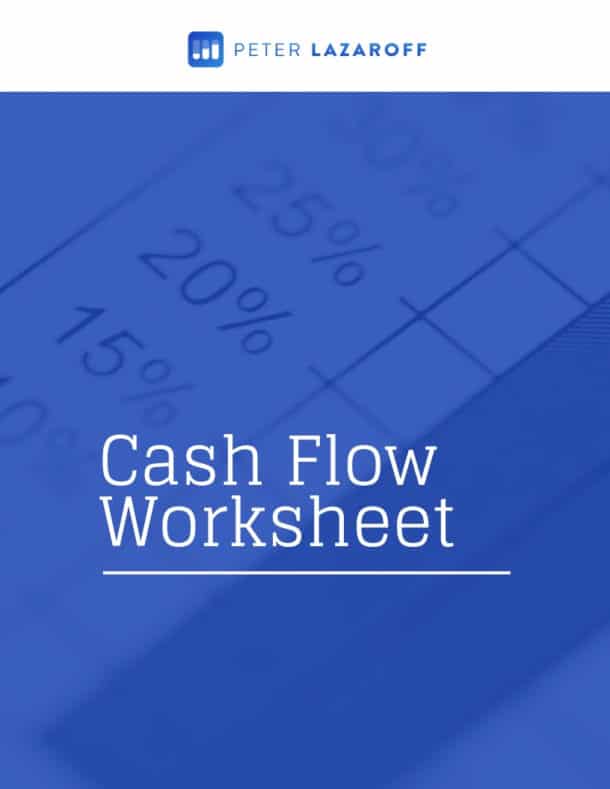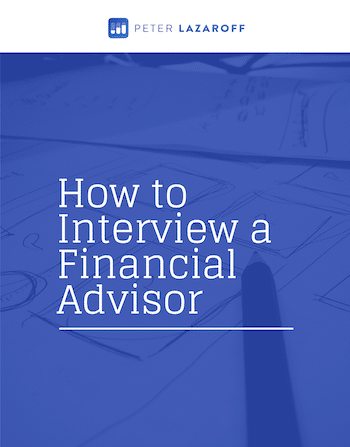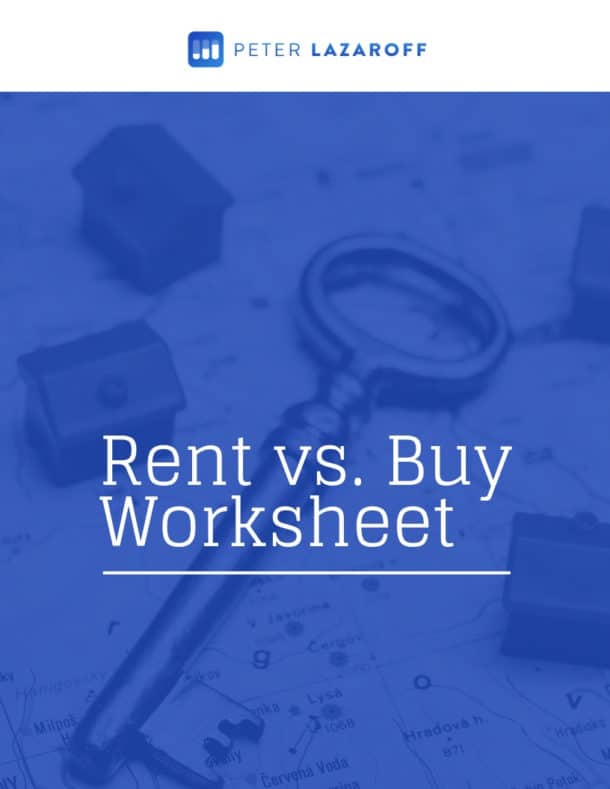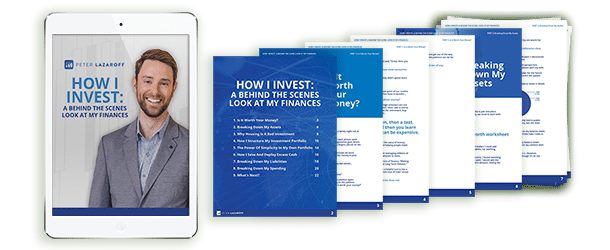Homeownership has long been one of the biggest goals for Americans to achieve, and a cornerstone of the traditional American Dream. More than 65% of the US population owns their home – but without the help of a mortgage, many of those homeowners couldn’t afford to make the purchase. However, very few homebuyers understand how to choose the right type of mortgage.
Like homes themselves, mortgages come in many sizes and types. The one that’s right for you depends on your tolerance for risk, how long you expect to stay in your home, and the cost structure of the loan itself.
A home loan usually represents the largest liability on your balance sheet, so it’s important to understand the various options you have for managing its cost. Understanding how you’ll pay interest on your mortgage will help you confidently choose the right type of mortgage for you.
Fixed Rate Mortgages
The most common type of mortgage is a fixed rate mortgage. With this type of loan, the interest rate remains the same over the lifetime of the loan.
A fixed rate means there’s no variability in the amount of interest you must pay, and that predictability is great for cash flow planning purposes. Even if the interest rate environment changes and mortgage rates begin to rise, yours will remain locked in.
This makes a fixed-rate mortgage a great choice for those who are on a fixed income, have an inflexible budget, or simply don’t have a high tolerance for financial risks. You know what you are getting into, and whether you can afford the monthly payments.
Of course, there are downsides to a fixed-rate mortgage – because interest rates in the broader market don’t just rise. If mortgage interest rates drop, yours remains locked in place. That could leave you with a loan that’s more expensive than a newer mortgage.
People often think that they can just refinance if this happens. Sometimes, that’s a good option. But it’s not always worth it to refinance, so this isn’t a foolproof solution.
But at the end of the day, the predictability of having the same monthly payments for the entire term of the loan makes a fixed-rate mortgage a very popular choice among homebuyers.
Adjustable Rate Mortgages (ARMs)
An adjustable rate mortgage (also referred to as an ARM) is a loan with an interest rate that is essentially the opposite of fixed: the rate adjusts periodically as market interest rates fluctuate.
The amount of monthly principal you owe on the loan doesn’t usually change, except as you pay it down (although there can be exceptions if you have an interest rate cap, which we’ll dig into more in a moment). The term, or length of the loan, doesn’t adjust either. The interest rate is the only element that subject to external forces outside your control driving it up or down – and that impacts your total monthly payment.
Most ARM rates adjust on an annual basis, although some are adjusted more frequently. (Other time periods could include monthly, quarterly, semi-annual adjustments.) You’ll need to dig into the fine print of the specific loan your lender offers to make sure you understand the schedule on which the interest rate can change before committing to an ARM.
The initial rate on an ARM is typically set by using an agreed-upon rate or index, like the LIBOR or Treasury index. The lender can also add a certain amount of markup as a fee for providing you the money in the first place.
While it may seem like an ARM is all risk for only potential reward, the terms of the contract can make it a calculated risk where you are not subject to the whims of the mortgage interest rate gods.
For example, most ARMs include an interest rate cap as part of the contract terms. Caps limit the amount of interest rate adjustments, both increases and decreases. An ARM contract also can specify a lifetime cap, which indicates that an interest rate doesn’t go above or below certain percentages.
Be aware, though, that if you have an ARM that caps your monthly payment amount, the interest you are required to pay may be tacked onto the principal itself.
Let’s say you are paying less than the interest rate accrued because of a monthly payment cap. But then the interest rate rises and would cause your payment to exceed the cap. You don’t get off entirely scot-free; the unpaid interest just becomes part of the overall loan. This increases your balance, even though you made your monthly payments.
Traditional ARMs can be beneficial for buyers if certain elements fall into place. The initial interest rate of an ARM is generally lower than a fixed-rate mortgage, which can help you save money on your loan – at first.
The initial rate is also called a “teaser rate” for a reason: it’s likely to change during the first adjustment period, and often goes up.
People with a very flexible budget may find the teaser rate to be worth the risk of a rising interest rate. It might also make sense to get an ARM and take advantage of a lower initial interest rate if you don’t plan to live in the home for very long.
Most people that utilize a conventional ARM do so with the intention of either refinancing or selling the property within a couple of years. But there’s another type of ARM option that might make more sense because it could still give you that option with slightly less risk of sticking yourself with a high interest rate.
Hybrid Adjustable Rate Mortgages
Though fixed-rate mortgages and ARMs are the most common, hybrid ARMs may offer a “best of both worlds” solution for some homebuyers.
Hybrid ARMs start with a fixed interest rate for a certain time period (usually one to ten years) before they convert into a traditional ARM contract. The longer the initial term, the higher the interest rate for that amount of time.
The initial fixed interest rate is still generally lower than a traditional fixed-rate mortgage, but the starting rate for hybrid ARMs typically doesn’t get as low as conventional ARMs.
Hybrid ARMs work well for people expecting to earn a higher income in the future, but want to find a way to secure a more affordable mortgage payment in the near-term. This is very common when people upgrade from their first home to their second home. The idea is that you take advantage of the lower temporary fixed rate until you can refinance into a fixed-rate mortgage at a later date.
This is a particularly important concept when buying a home in a competitive market. When house hunting in a seller’s market, you can easily find yourself stretching your budget to buy the home you want. A hybrid ARM’s lower initial rate can help you get into a more expensive home – so long as you can sell or refinance before the “adjustable” part kicks in and you risk having your variable rate rise.
Choose The Right Type of Mortgage For Your Risk Tolerance
If you are risk-adverse and seek simplicity, the fixed rate mortgage is probably the best option. However, if you’re willing to take a little more risk, then perhaps some type of ARM (either conventional or hybrid) could work for you. Your personal circumstances and goals will also help dictate the right choice.
As you evaluate the risk spectrum with mortgage loans, it’s important to understand if the interest rate savings are significant enough to justify taking on the incremental risk of a hybrid or traditional ARM. The difference between locking in a rate that is 0.25 percentage points lower is far less meaningful than getting a rate that is a full percentage point lower.
Not everyone has the same level of comfort with risk. Consider which option really fits into your lifestyle before making a decision on the type of home loan you take out with a lender.
…
RESOURCE: Do you want to make smart decisions with your money? Discover your biggest opportunities in just a few questions with my Financial Wellness Assessment.


